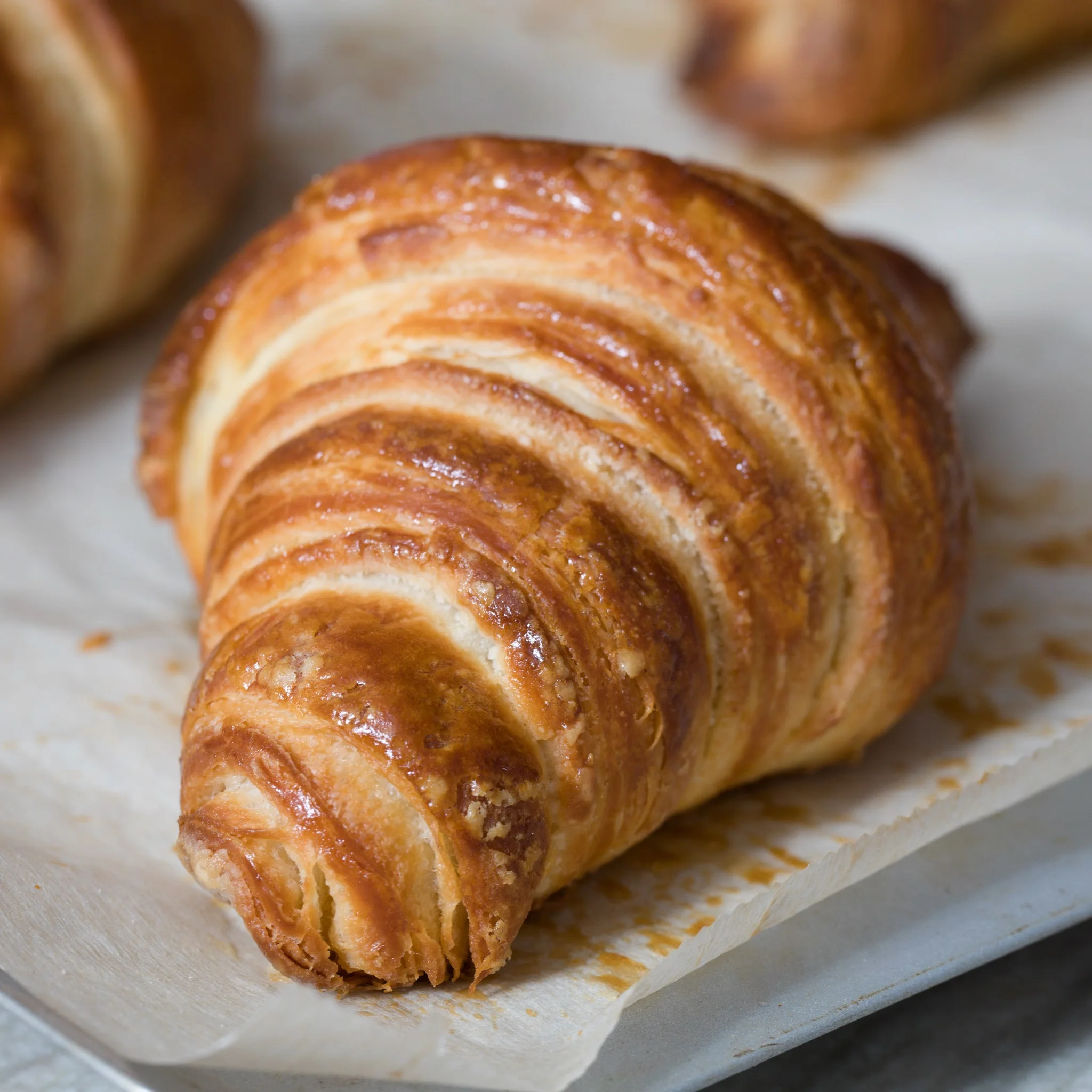Levain Bread
Levain means wild yeast in French, but is also covers the use of sourdough. A bread kan be called a Levain if the amount of compressed yeast (live yeast) doesn't exceeds 0.2%
This Levain is more sour than the breads I normally bake, but I really like the sourness with the rye flour. This bread is a good bread for artisan cheeses or as a side for dinner.
This bread came about by mistake. I was making the leaven for the basic country bread a la Tartine, but I used rye flour instead of whole wheat flour by mistake. So instead of discarding the leaven, I came up with this bread.
Makes 2 breads
Ingredients:
Leaven:
- about 2 tablespoons sourdough (the starter you keep in the refrigerator and feed every other week)
- 200 g water (78℉)
- 70 g all-purpose flour
- 65 g rye flour
Bread:
- 600 g water
- 10 g live yeast (¾ teaspoon dry yeast)
- 3½ dl (275 g) leaven
- 3 dl (200 g) rye flour
- 12 dl (840 g )all-purpose flour
- 1½ tablespoons salt
Directions:
Leaven:
Make the leaven the night before you want to bake the bread. If you like a more sour note to your bread, make the leaven in the morning, and after about 8 hours fermentation, put the leaven in the refrigerator until next morning.
Mix all the ingredients well in a bowl, and let the leaven rest covered on the counter for 8-10 hours. To test leaven's readiness, drop a spoonful into a bowl of room-temperature water. If it sinks, it is not ready and needs more time to ferment and ripen. If it floats, it's ready to use. As it develops, the smell will change from ripe and sour to sweet and pleasantly fermented.
This time I just used 275 g of the sourdough 8 hours after the feeding instead of making the leaven.
Bread:
Next morning:
In a large bowl, pour in the water, yeast, sourdough, and rye flour, mix it well. Add salt and the all-purpose flour a little at a time, until you have a firm but slightly sticky dough. You might not need all the flour.
I always knead my doughs in my stand mixer, and I knead the dough for about 8-10 minutes until the dough is a bit shiny and elastic.
Cover the bowl with a clean kitchen towel and let the dough rise for about 4 hours.
Pour the dough out on a non-floured kitchen table, divide the dough in 2 and shape them into rounds.
Line 2 baskets with clean kitchen towels, generously dusted with flour. Transfer each round to a basket, smooth side down and let to rest, covered, at room temperature, about 3 hours before baking.
Baking the Bread:
Twenty minutes before you are ready to bake the bread, preheat oven and dutch/french oven to 500 degrees, with rack in lowest position.
Gently flip one bread into heated dutch/french oven. Score top twice using a razor blade matfer lame. Cover with lid. Return to oven, and reduce oven temperature to 450℉. Bake for 20 minutes.
Remove lid and continue to bake until crust is deep golden brown, 20 to 25 minutes more.
Transfer loaf to a wire rack, and let it cool completely.
To bake the second loaf, raise oven temperature to 500 degrees, wipe out dutch/french oven with a dry kitchen towel, and reheat with lid for 10 minutes.
Enjoy!
This post has been submitted to the Yeast Spotting Site.

















